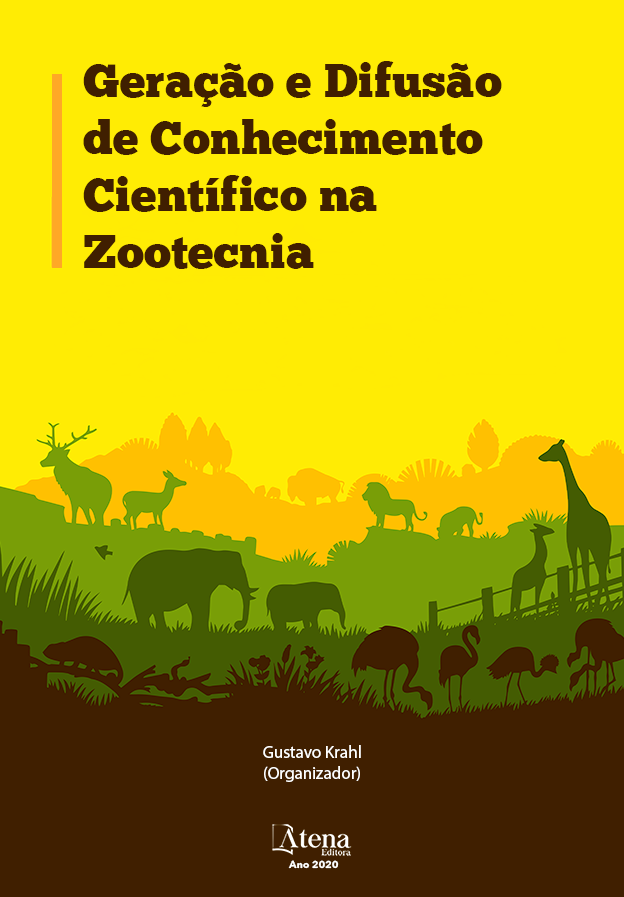
DIFERIMENTO DE PASTOS DE BRACHIARIA (Syn UROCHLOA)
Favorecido pelas condições climáticas, no Brasil, gramíneas tropicais, principalmente as do gênero Brachiaria (syn Urochloa), constituem importante fonte de nutrientes para os animais criados em pasto. Entretanto, a sazonalidade da produção forrageira interfere na obtenção do equilíbrio entre a disponibilidade de forragem e a necessidade dos animais. Como alternativa à escassez de forragem no período seco do ano, tem-se a técnica do diferimento que consiste em vedar determinadas áreas, impedindo a entrada de animais durante a estação das chuvas, proporcionando acumulo de massa de forragem a ser usada no período seco. A principal vantagem é o menor custo de produção, e a dispensa de investimentos com máquinas, implementos e estruturas de armazenamento. Como desvantagem, o efeito do estádio de crescimento vegetativo sobre o valor nutritivo das plantas no período seco, provoca na maioria dos sistemas, volumosos com baixa proporção de folhas e alto conteúdo de fibra. Assim, para a adoção da técnica, é preciso conhecer os fatores que interferem na sua adoção, como: a escolha da forrageira, a época do ano para diferir, o período de diferimento, a altura inicial do pasto no início do diferimento e a utilização de adubação nitrogenada. As espécies com maior potencial de produção são a U. decumbens e U. brizantha e, a época do ano recomendada para diferir deve ser antes do encerramento da estação chuvosa. O uso de menor período e altura inicial do pasto no início do diferimento resultam em melhores características estruturais e valor nutritivo da forragem, porém, estes fatores podem ser alterados ao se realizar a adubação nitrogenada antes de encerrar o período chuvoso. O diferimento pode proporcionar massa de forragem no período seco do ano, porém deve-se adotar práticas de manejo que influenciam na eficácia da técnica e, a fim de obter maior desempenho animal, é imprescindível a utilização da suplementação em pasto.
DIFERIMENTO DE PASTOS DE BRACHIARIA (Syn UROCHLOA)
-
DOI: 10.22533/at.ed.1942020085
-
Palavras-chave: massa de forragem; período seco, sazonalidade, valor nutritivo, vedação
-
Keywords: dry season, forage mass, nutritive value, seasonality, seal
-
Abstract:
Favored by climatic conditions, in Brazil, tropical grasses, mainly those of the genus Brachiaria (syn Urochloa), constitute an important source of nutrients for animals raised on pasture. However, the seasonality of forage production damage the balance between forage availability and nutritional requirements of animals. An alternative to the shortage of forage in the dry period of the year, deferment technique consists of sealing certain areas, preventing the entry of animals during the rainy season, providing accumulation of forage mass to be used in the dry period. The main advantage is the lower production cost, and the need to invest in machines, implements and storage structures. As a disadvantage, the effect of the vegetative growth stage on the nutritive value of plants in the dry period, causes in most systems, low proportion of leaves and high fiber content. Thus, for the adoption of the technique, it is necessary to know the factors that interfere in its adoption, such as: the choice of forage, the time of year to differ, the period of deferment, the initial height of the pasture at the beginning of deferment and the use nitrogen fertilization. The species with the greatest production potential are U. decumbens and U. brizantha, and the recommended time of year to differ should be before the end of the rainy season. The use of a shorter period and initial height of the pasture at the beginning of the deferment results in better structural characteristics and nutritive value of the forage, however, these factors can be altered when nitrogen fertilization is carried out before the rainy season ends. The deferment can provide forage mass in the dry period of the year, but management practices that influence the efficiency of the technique must be adopted and, in order to obtain greater animal performance, the use of supplementation in pasture is essential.
-
Número de páginas: 38
- Luzia Elaine Domingues Pimenta Vargas
- Rosemary Lais Galati
- Joadil Gonçalves de Abreu
- Luciano da Silva Cabral
- Leni Rodrigues Lima
- Carlos Eduardo Avelino Cabral
- Arthur Behling Neto
- Adriano Jorge Possamai
- Lilian Chambó Rondena Pesqueira Silva


